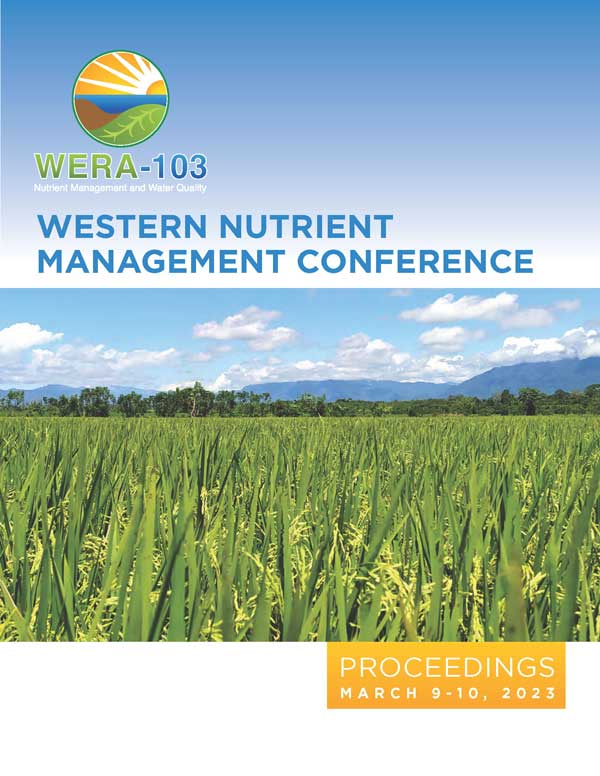Download the Conference Proceedings
Get your copy of the 2023 Western Nutrient Management Conference Proceedings today! Download the PDF file and view all of the available proceedings.
Proceedings
Year
| Filter results1 paper(s) found. |
|---|
1. Comparative Analysis of Soil Tests for Soil Health and Nutrient ManagementOptions for soil tests to address soil health and nutrient management objectives have diversified. We compare different soil test methods to evaluate their similarities for providing recommendations. Traditional soil tests, ion exchange membranes and analyses using the Haney Soil Health Nutrient Tool and Soil Health Index were compared for soil sampled from long-term cropping system trials near Ritzville Washington and from the R.J. Cook Agronomy Farm near Pullman WA. Despite strong... D. Huggins, C. Rieser, J. Reganold |
